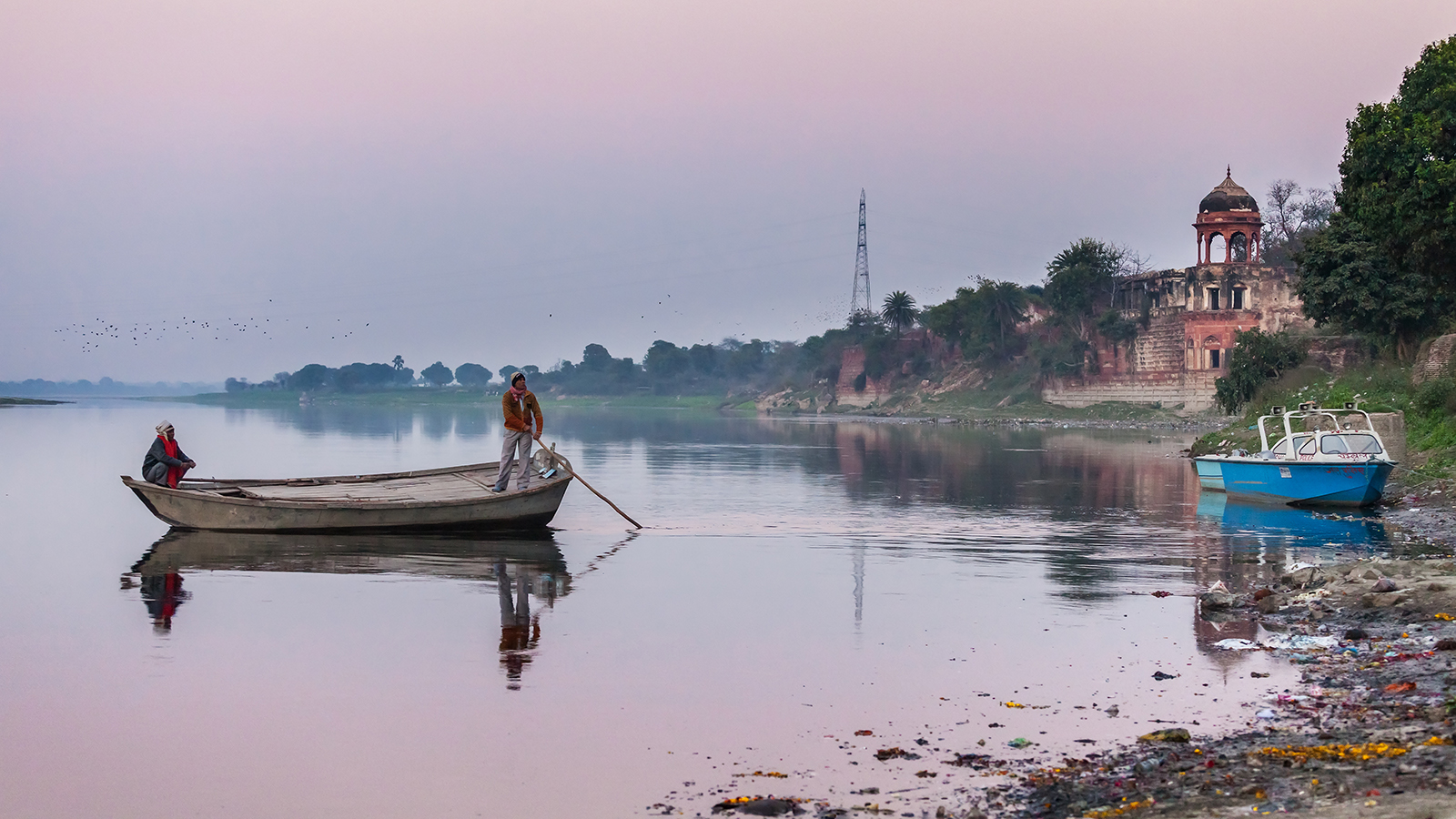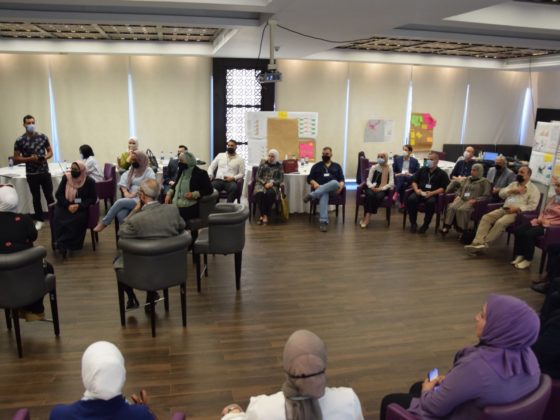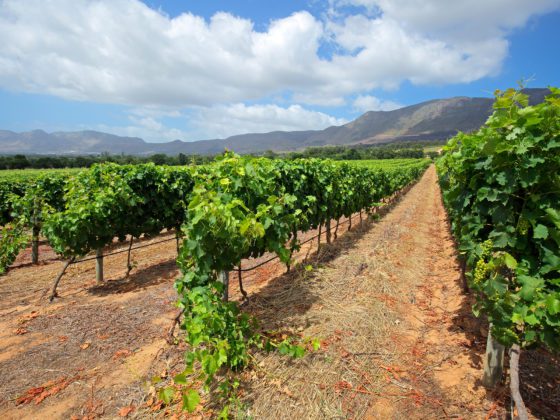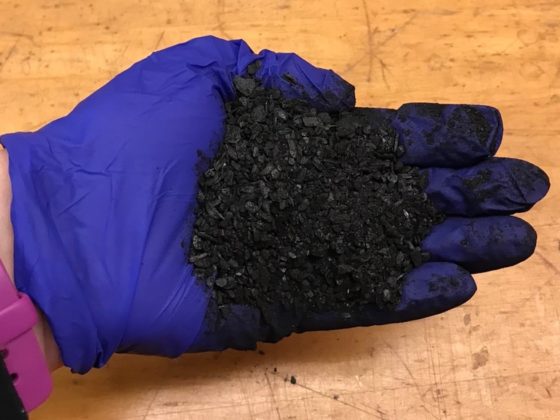Until recently, Delhi had abundant freshwater resources from groundwater and the Yamuna River. The Yamuna—considered a sacred river by Hindus—originates in the Lower Himalayas and runs through the state of Haryana before making its way to Delhi [1]. Although it is central to Delhi’s identity, the river has shifted eastward over time, and at least six old channels have been found, parts of which are currently used as lakes and drains.
During medieval times, Delhi established a system of hydraulic engineering to control water resources. Wells were used to extract water for domestic use, while damming gorges helped manage water supply. During the Sultanate period (1206–1526 CE), rainfall and groundwater were stored in huge tanks called Hauz, and baoli, or step wells, were built to provide a constant supply of water to Delhi citizens. Later, during the Mughal period (1526–1761), canals were built throughout the city. Although control of Delhi’s water infrastructure was never centralized, these early systems served the needs of a dense population.
After Delhi came under British rule in 1803, the British dismantled the old systems, deeming them “backwards.” Without proper management, the canals dried up, and citizens began using water straight from the Yamuna River. Areas in Delhi with large British populations built separate sanitary planning systems and began segregating themselves from the rest of the city. The British levied taxes to finance water infrastructure projects, but the benefits were felt only by the city’s elites. By the time New Delhi was built, only the new city was given a modern municipal water supply system. This inequality still exists today, and many of Delhi’s residents still do not have consistent access to clean water.
In the last 150 years, Delhi has grown exponentially into a megacity, resulting in a huge strain on the city’s resources, infrastructure, and water supply. Declining water quantity from the two main water sources—groundwater and the Yamuna—is a pervasive and imminent concern. Groundwater reserves are rapidly depleting, caused by a combination of climate change, lack of rainfall during the dry season, and heavy use by Delhi’s massive population, estimated at 24 million in 2018 [2]. As recently as 2011, Delhi’s population was 16.7 million. Given this massive population increase, a recent report by an Indian think tank, the National Institute for Transforming India (NITI), warns that Delhi could run out of groundwater as a drinking water source by 2020 [3]. Water supply from the Yamuna River is not faring much better: diversion of water upstream for agriculture and hydropower has seriously depleted water availability, and the majority of freshwater upstream of the city is currently being used for drinking water. Various municipalities are now legally battling over the water. This year, the northern state of Haryana withheld more than its share of Yamuna water. The Delhi government went to court against the state, withdrawing the case only when Haryana agreed to release the appropriate volume of water [4].
The quality of water in Delhi may be of even greater concern than the quantity. Delhi uses the Yamuna river as one of its primary receptacles for waste disposal, and as such is responsible for 80% of the river’s pollution. Only 61% of wastewater that reaches the river is treated [5]. This is partly due to the lack of adequate infrastructure in Delhi, as many parts are still unsewered and there is a lack of separation between stormwater and sewage drains. Problems arising from poor water quality and frequent flooding of the drains are exacerbated by Delhi’s decentralized control of the drainage system. Although the Public Works Department of the Delhi government, the Irrigation and Flood Control Department, and the Delhi Jal Board all play important roles in building and maintenance of the water supply and sewerage systems, no single institution is responsible. As a result, there is little cooperation for large-scale projects, and project coordination and data sharing has proven difficult.
The challenges in solving Delhi’s water issues are massive. Decentralization of both control and knowledge of the river and drainage systems means that changes are difficult to make, and high political turnover prevents plans from solidifying. The wide variety of issues—encompassing water quantity and quality—further complicates the situation. Unfortunately, most solutions to this problem are currently cost-prohibitive and cannot be implemented in the near term given the massive population growth the city is undergoing. In 2016, the Indian Institute of Technology at Delhi released a new drainage master plan for the city, which improved upon the previous master plan released in 1976. After surveying and updating information on the current drainage network, the writers proposed shorter-term recommendations for drain upkeep, including keeping storm drains and sewer systems separate, and preventing solid waste, construction waste, and silt from being dumped into storm drains [6]. On longer timeframes, the Delhi Jal Board—the government agency responsible for water in Delhi—plans to revive a number of Delhi’s lakes and waterbodies in hopes of increasing groundwater levels. The board also plans to adopt the same water policy that Singapore uses—the NEWater model—in which water from sewage treatment plants would be treated and released back into the Yamuna River at the point where it enters Delhi. This recycled water would help replenish the Yamuna when water levels are low [7]. However, implementation of plans through government programs has been historically difficult.
In July 2016, the Delhi Jal Board signed a Memorandum of Understanding with the University of Virginia’s Yamuna River Project (YRP), in which the two groups agreed to cooperate on efforts to revive the Yamuna River. YRP is an interdisciplinary collaboration among researchers from UVA’s Architecture School and other departments and schools across the university, from Public Policy to Art History to Environmental Sciences. Although the projects are diverse, research under the YRP centers around science-based strategies for cleaning and revitalizing the Yamuna and increasing the engagement of Delhi citizens with the river. The hope is that, with time, the Yamuna River will regain its central role in Delhi and be able to sustain the city for generations to come [8].
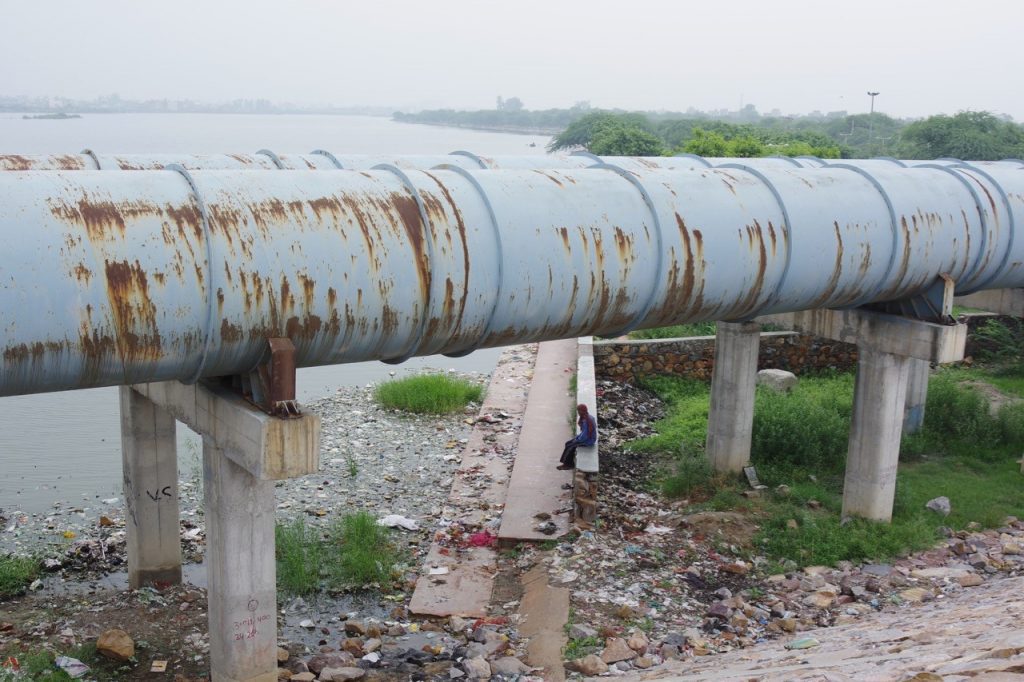
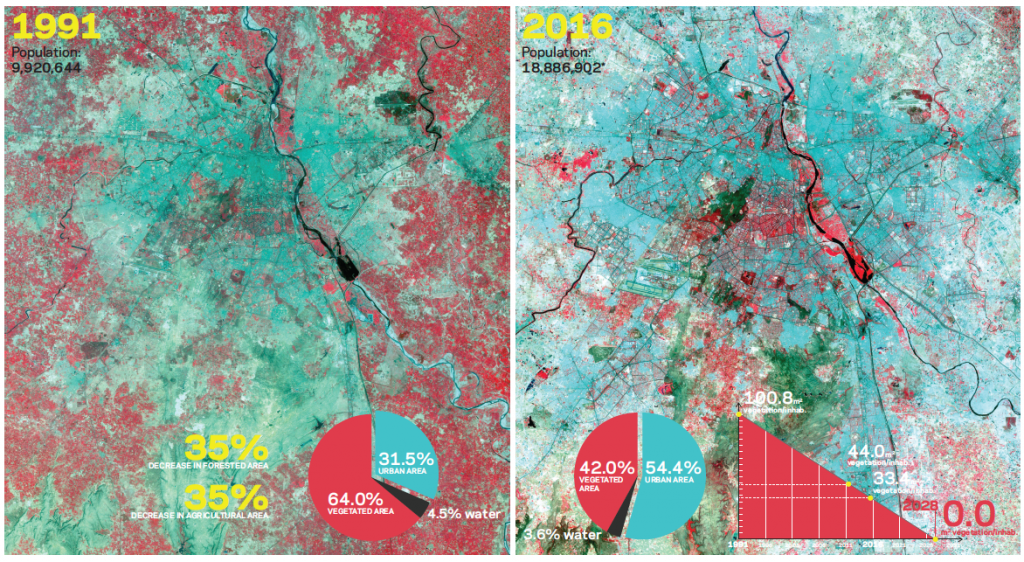
- Brij Gopal and Malavika Chauhan, “River Yamuna from Source to Delhi: Human Impacts and Approaches to Conservation,” in Restoring River Yamuna: Concepts, Strategies and Socio-Economic Considerations, ed. P. Martin, B. Gopal, and C. Southey (New Delhi: National Institute of Ecology, 2007), 45–69.
- Rakesh Kumar, R. D. Singh, and K. D. Sharma, “Water Resources of India,” Current Science 89, no. 5 (Sept. 2005): 794–811.
- Rahul Bedi, “New Delhi to Run Out of Groundwater in Two Years as India Faces ‘Day Zero’ Crises,” Telegraph, June 19, 2018.
- Mallica Joshi, Harikrishnan Nair, and Sukrita Baruah, “Hardlook—Water Scarcity in Delhi Is Playing Out in Many Ways This Year,” Indian Express, June 25, 2018.
- M. Parween, A. L. Ramanathan, and N. J. Raju, “Waste Water Management and Water Quality of River Yamuna in the Megacity of Delhi,” International Journal of Environmental Science and Technology 14, no. 10 (Oct. 2017): 2109–124, https://doi.org/10.1007/s13762-017-1280-8.
- Drainage Master Plan for the NCT of Delhi, Department of Civil Engineering, Indian Institute of Technology (IIT) Delhi, 2016.
- FE Online, “Arvind Kejriwal Taps ‘Singapore Model’ to Rid Delhi of Water Crisis: What You Need to Know,” Financial Express, July 11, 2018,
- The Yamuna River Project, University of Virginia, http://www.yamunariverproject.org/index.html (accessed Oct. 31, 2018). See also Iñaki Alday and Pankaj Vir Gupta, Yamuna River Project: New Delhi Urban Ecology (Actar, 2018).
Matt Reidenbach is a professor of environmental science at the University of Virginia. His primary area of research is environmental fluid dynamics, with an emphasis on fluid-biological interactions in coastal environments. Hana Thurman is a student in environmental science at the University of Virginia.

